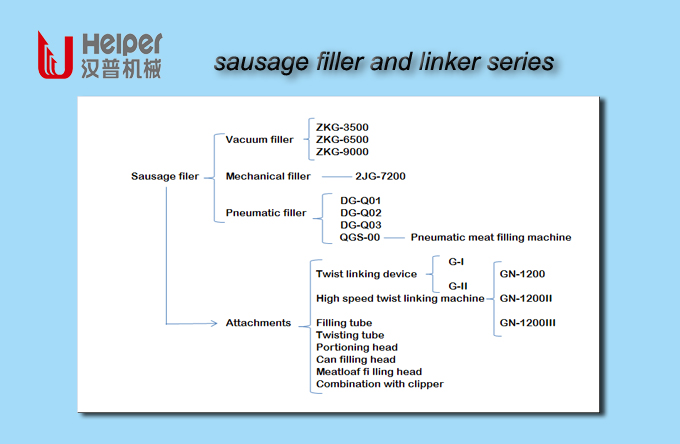Security Printing has always been a part of the ticket printing industry. It is also a product with high added value, including banknotes, identity cards, passports, visas, stocks, various kinds of tickets and certificates, anti-counterfeit labels, and tapes. , cards, RFID, confidential documents, etc.; and how the application of anti-counterfeiting technology in these products and documents to produce identification of true and false labels, and many of these forms of marking are formed using the printing technology process, similar services we also Call security print service.
As for the operation of the industry, high value-added products, valuable tickets, and key documents all need proper protection. Otherwise, they will be easily counterfeited and forged to cause losses or disputes. It is understood that the 2003 global counterfeit products The output value is estimated to be more than US$650 billion, accounting for about 5% to 6% of the world's total trade volume. This may not have been included in the losses caused by counterfeit documents and documents. We can see how important the application of anti-counterfeiting technology is to people's livelihood and industry. To this end, it has developed various anti-counterfeit technologies, including seven categories of anti-counterfeiting technologies: physical, chemical, biological, material, computer and network, printing, and packaging. For different anti-counterfeiting technologies, it can be applied to various fields. Such as food and medical industry, wine industry, pharmaceutical industry, 3C industry, automobile industry, textile industry, antique industry and financial industry and other industries.
Security and anti-counterfeit printing must first attach importance to the requirements of the security environment, followed by the use of anti-counterfeiting technology. This of course includes hardware facilities (monitoring equipment), software environment (production process control) and personnel safety control, and a qualified safety. Anti-counterfeiting factories sometimes need some international certification to obtain customer's approval, such as Visa, Master, JCB, AE and other international credit card certification, SAS certification for mobile phone SIM cards and information security management that has been increasingly valued recently. BS7799 certification; For those who want to obtain the calling qualification of the designated factory of the relevant business, of course, they must first obtain the national secret carrier license for the printing and reproduction of the state secret carrier. Of course, there is a standard operating procedure for the safe environment of the factory.
The current security and anti-counterfeit market is divided into three categories (Figure 3). The main focus is on the labels for valued bills, cards, and anti-counterfeit labels. These three parts are basically directly related to the printing of tickets. This is a note industry should pay attention to. To the problem. On the other hand, the bill industry is actually a document management business. Many companies, in addition to printing tickets, have successively invested in data processing services to provide integrated services to their customers. In the digital environment, the industry is not only Taking into account the quality of the product and customer service issues, then should pay more attention to the work process related information security issues.
In fact, digital technology and security anti-counterfeit printing are inextricably linked. Using digital anti-counterfeiting technology, we can expand more opportunities for digital business service models and markets. These services are related to document management and related to security-related anti-counterfeit-related services. , we summarize several items for your reference:
Pre-press anti-counterfeiting technology
The security shading anti-counterfeit elements are used more often than not. The security shading system design is a solid line. Since there are no dots, the pattern will be printed after scanning and dots will appear. Using the naked eye, you can distinguish the real prints. Difference from fake print. These purposes are to prevent the files from being scanned and to prevent the files from being copied improperly. Among them, preventing documents from being scanned includes preventing the scanning of general scanners and scanning of high-end line scanners. Preventing copying includes preventing generic applications from copying into similar effects; or preventing the same software from copying into similar effects.
Digital watermark anti-counterfeiting technology
Digital watermarking is a method used to protect digital media's intellectual property rights. It hides information about intellectual property rights such as the original author, owner, publishing office, and contact address of the company on digital media products; Security and toughness features that protect digital media assets.
Watermarking technology is used in digital media applications, including digitized images (such as JPEG), digital sounds (such as MP3), or digital video (such as DVD). Which can be divided into visible digital watermarks, and invisible digital watermark two kinds.
Digital authentication and encryption and decryption technology
The purpose of using digital certification is to ensure that there are no face-to-face coordinating transactions between the parties and that they have the identity of the identity of the transaction subject, so that the transaction or data transfer is undeniable. Digital authentication and encryption/decryption technology is a combination of Encryption/Decryption, Private Key/Pubic Key algorithm, and Digital Signatures technology. ; To protect data security access and applications.
Security number
This part of the application includes general bar code, 2D bar code, MICR, OCR and other applications, as well as a management mechanism for designing, manufacturing, and tracking the entire product or process.
